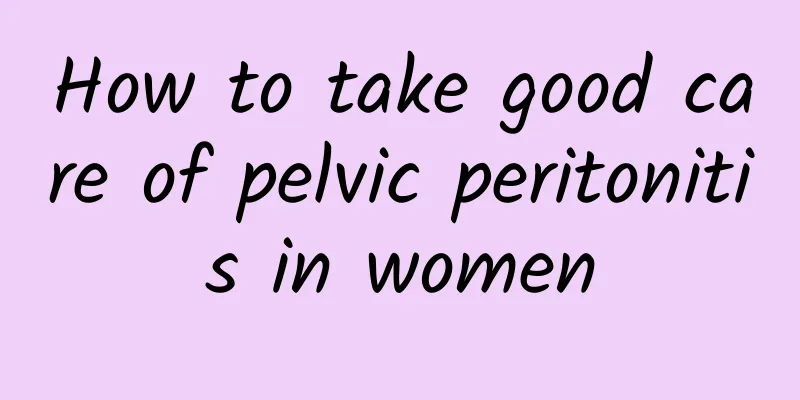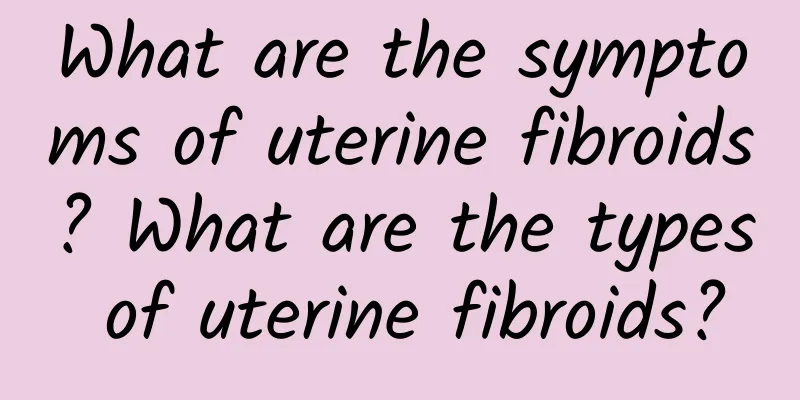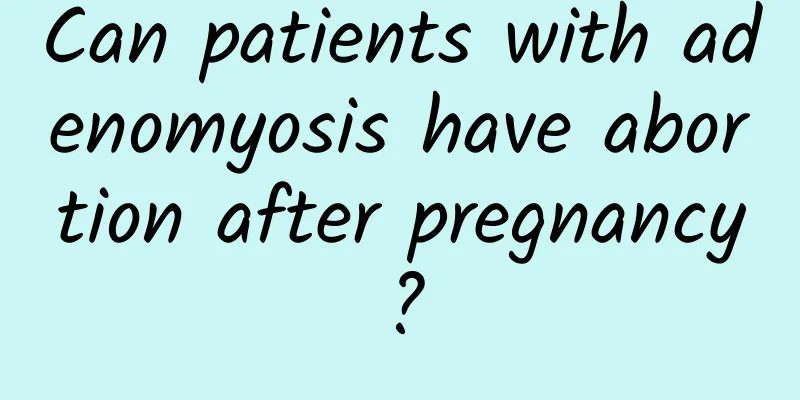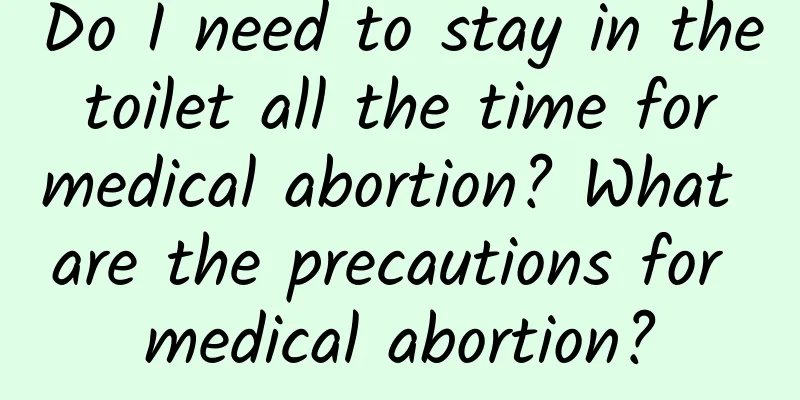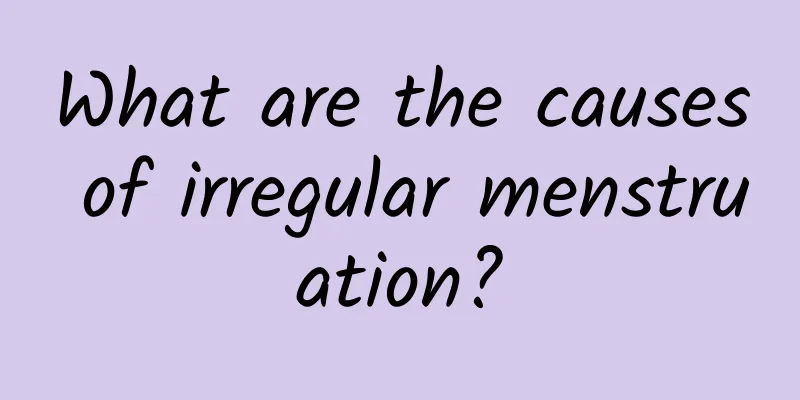What are the treatment methods for uterine fibroids? People with high risk of uterine fibroids

|
In recent years, the incidence of uterine fibroids has been rising, and the age of patients is getting younger and younger. Many women in their twenties and thirties have been diagnosed with uterine fibroids during routine physical examinations. Although uterine fibroids are benign tumors, if they are not treated, prolonged menstruation and increased menstrual flow will continue to trouble women, and delaying treatment will make the condition worse, like a time bomb. However, surgery has risks after all. Do women with uterine fibroids need surgical treatment? In fact, surgical removal is not necessarily required for the treatment of uterine fibroids. Currently, there are two methods for treating uterine fibroids: conservative treatment and surgical treatment, which are mainly determined by the patient's condition, such as the number, size, and location of the fibroids, the patient's age, and fertility status. 1. Conservative treatment includes drug therapy and intrauterine ring placement, which is more suitable for patients under 40 years old who want to have children. Drug treatment is under the guidance of a doctor, using androgen therapy to counteract excessive estrogen in the body. Lowering estrogen levels can reduce fibroids and amenorrhea, and improve symptoms such as menorrhagia and anemia. Placement of an intrauterine ring is also a more effective treatment method. The intrauterine ring can slowly release progesterone contraceptive ring, which is especially suitable for patients with menstruation and dysmenorrhea. The side effects are irregular menstrual vaginal bleeding, and some patients may experience amenorrhea. 2. Patients with complicated conditions and over 40 years old may consider surgical treatment. Surgical treatment includes myomectomy and hysterectomy. Myomectomy only removes the fibroids and maintains fertility, but due to the high incidence of uterine fibroids, they are prone to recurrence. Data show that the probability of recurrence after myomectomy is 30%, so this method is more suitable for patients with small size, small number, and fertility needs. Patients who do not want to leave scars can also use laparoscopy, endoscopy, ultrasound focused knife and other technologies to remove fibroids, but it is not suitable for patients with large number and size. Patients with the following conditions are best to choose hysterectomy, especially women over 40 years old: the diameter of a single uterine fibroid exceeds 5cm; the uterine fibroid grows too fast and there is a possibility of cancer; the uterine fibroid compresses the bladder and other organs and tissues or causes other diseases; the uterine fibroid grows in a special location and is very dangerous. |
>>: Is uterine fibroid a malignant tumor? What is the best way to treat uterine fibroid?
Recommend
Breaking the world record for cure rate of habitual abortion
The cure rate of habitual miscarriage is a concer...
The main advantage of painless abortion is high safety
I think women should be familiar with painless ab...
What should I eat after uterine fibroid surgery? Can adenomyosis be treated with surgery?
What should I eat after having uterine fibroid su...
What tests should be done for cervical erosion
Women are delicate and beautiful, but many women ...
How to treat uterine fibroids?
How to treat uterine fibroids? I believe that fem...
Experts explain the symptoms of pelvic inflammatory disease
Pelvic inflammatory disease is quite harmful to w...
Why does endometrial thickening recur?
Why does endometrial thickening recur? For many w...
To prevent vaginitis, pay attention to "sugar control"
To prevent vaginitis, pay attention to "suga...
During the Mid-Autumn Festival, eat mooncakes and grapefruits, and be careful of the full moon! The "Round" Rescue Team teaches you tips on healthy eating
When I saw barbecue sauce advertisements starting...
Can vaginal inflammation be cured?
Can vaginal inflammation be cured? 1. Vaginitis g...
What are the causes of abnormal menstruation in women in their forties?
Normal women's menstruation is cyclical and r...
What are the dangers of congenital absence of vagina?
Congenital absence of vagina is a type of inferti...
Secret: The cause of uterine fibroids is closely related to sexual dysfunction
Many people may be familiar with uterine fibroids...
The cost and taboos of uterine-protection abortion
In today's society, many young people get pre...
How to choose the appropriate abortion method?
How to choose the right abortion method? This is ...

